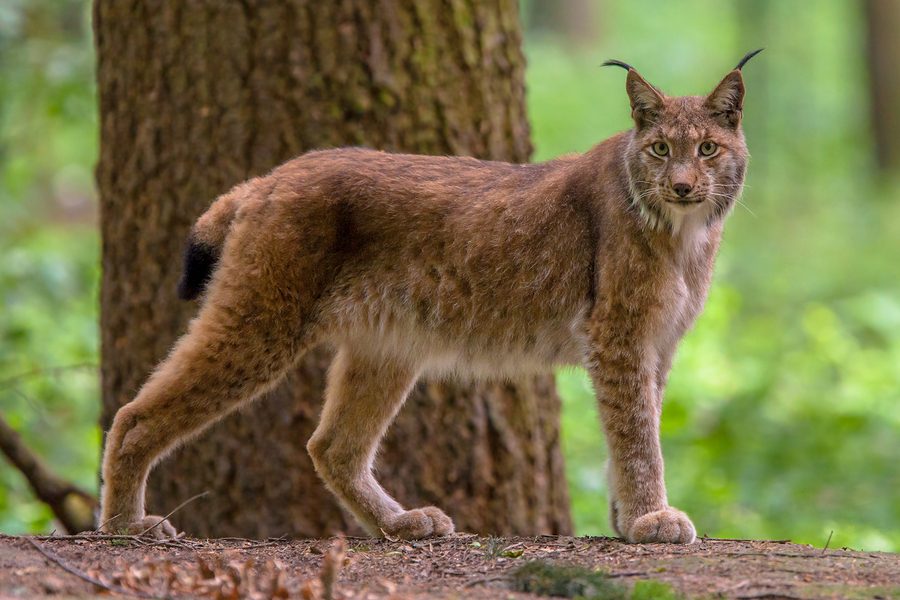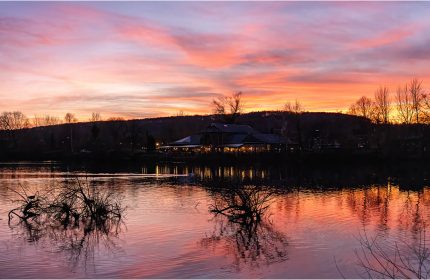Would you be happy sharing your local woodland with top predators?
If you go down to the woods today, you’re sure of a big surprise…especially if you live just north of Bristol.
In a multi-million pound project launched by the Bristol Zoological Society four European brown bears, five European grey wolves, two Eurasian lynx and two wolverine will be living side by side in Britain for the first time in over a millennium.
As part of the Society’s Wild Place Project, Bear Wood, a 7.5 acre site near Junction 17 of the M5, due to open on 25th July, will offer visitors the chance to travel back to a time when these top predators were native to the UK.
The wood is the latest stage of the project, part funded by European Agricultural Fund for Rural Development and sponsored by Bristol-based company Natracare.
Dr Justin Morris, chief executive of Bristol Zoological Society: “Bear Wood tells the story of the UK’s ancient woodland and the charismatic species that once inhabited it – now brought back in one spectacular immersive experience.”
The facility features an immersive bear viewing den with 180-degree, floor-to-ceiling glass and a raised wooden walkway which will give visitors an aerial view of the exhibit from up to four metres above the ground.
A team of rangers will be on hand to point out native species at home in the woodland throughout the year. Den cameras and monitors will offer secret insights into the wildlife living in the exhibit.
“We hope Bear Wood will also inspire visitors about the woodland and wildlife we have left, encouraging them to protect what remains.”
If all goes well, the project hopes to open new dialogues about ‘re-wilding’ – the attempted return of specific ecosystems to their time before human intervention.
It’s not a new concept – pine martens, wild boar, and most recently beavers have all been restored to our countryside but although the creatures in Bear Wood will roam free within the site, there are no initial plans for a breeding programme.
Some conservationists are keen to re-introduce top predators:
Grey Wolves

Wolves, statistically less dangerous than bees or dogs, have long been a target for Scottish conservationists; the re-introduction of wolves to the Highlands is now a realistic prospect with some high-profile proponents – Peter Lister, Laird of the Alladale Estate, is particularly keen, and has offered his own land as host for two packs.
In the US, wolves were re-introduced to Yellowstone National Park in 1995, and have rapidly reined in an elk population that was decimating the park’s natural habitat.
Some universities suggest Scotland’s red deer population could be kept in check in the same way.
European brown bears
The reintroduction of European brown bears, on the other hand, is regarded with some trepidation and considerable opposition by farmers. Although sites have been considered around the Cairngorms or Fort William, conservationists are understandably wary of unleashing a 600lb bear on the UK population.
Wolverine
Wolverines are also considered an unrealistic proposal for re-introduction. Although wary of man, they have massive appetites and can tackle prey several times their size. So, along with bears, wolverine is one of the less-likely species to be restored.
Eurasian Lynx
The lynx, however, is arguably the most realistic re-introduction. It is the third largest of Europe’s predators, after wolves and bears, and is a solitary, elusive hunter. The Lynx UK Trust is in talks with farms over potential livestock compensation and opportunities for tourism.
Under the stewardship of Environment Secretary Michael Gove, Defra recently turned down an application by the Trust to release six Eurasian lynxes in Kielder Forest in Northumberland, though it stressed it was open to similar proposals in the future.
What are your feelings about lynx or even wolves roaming our countryside? Do you believe the British public would ever accept a top predator living on UK soil? Do you think it’s a good idea to re-introduce native species?



















